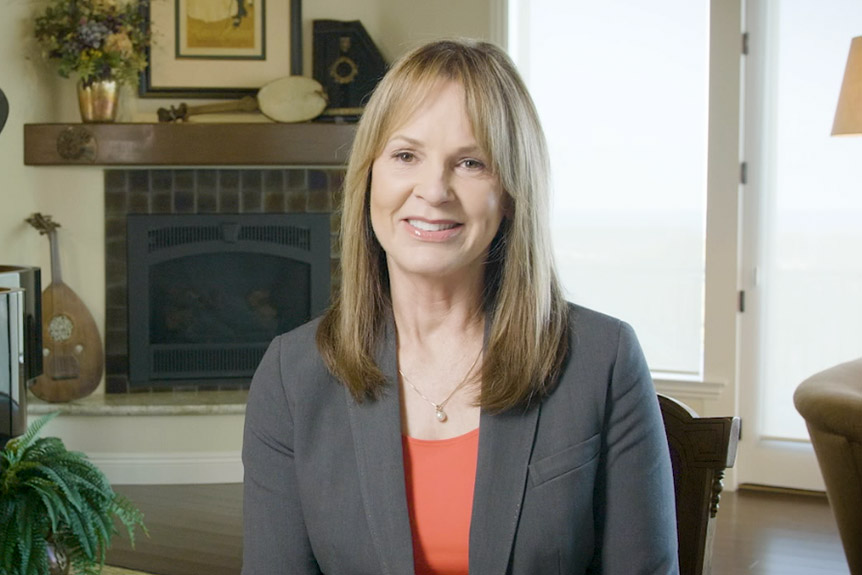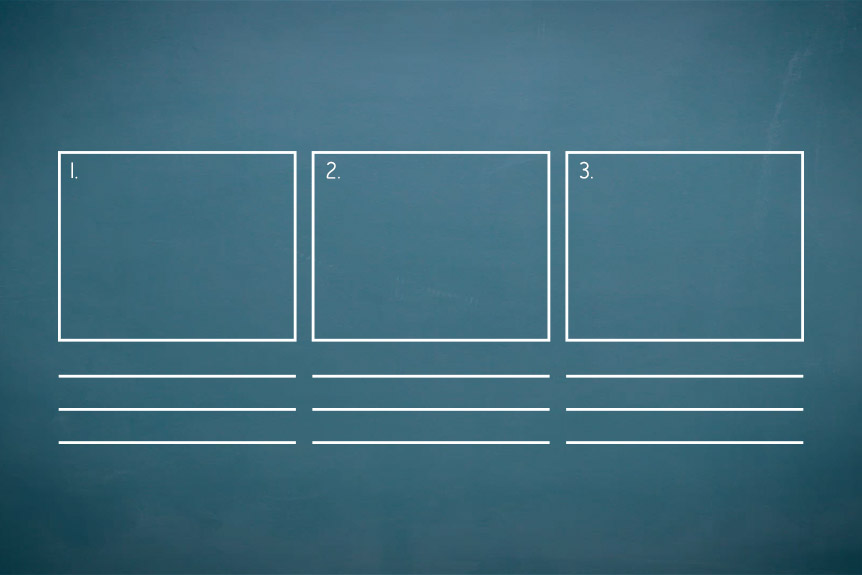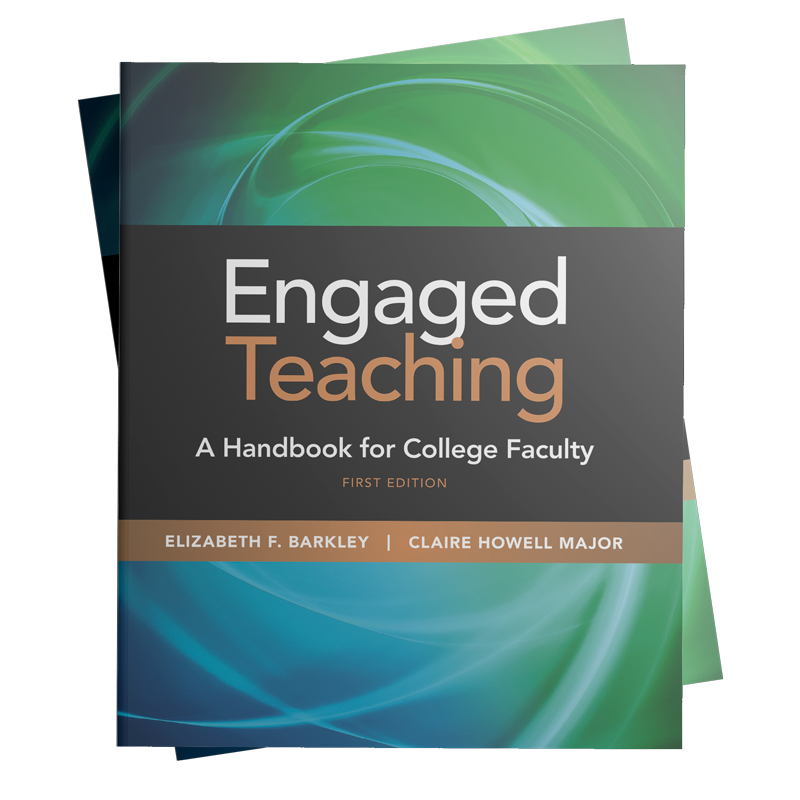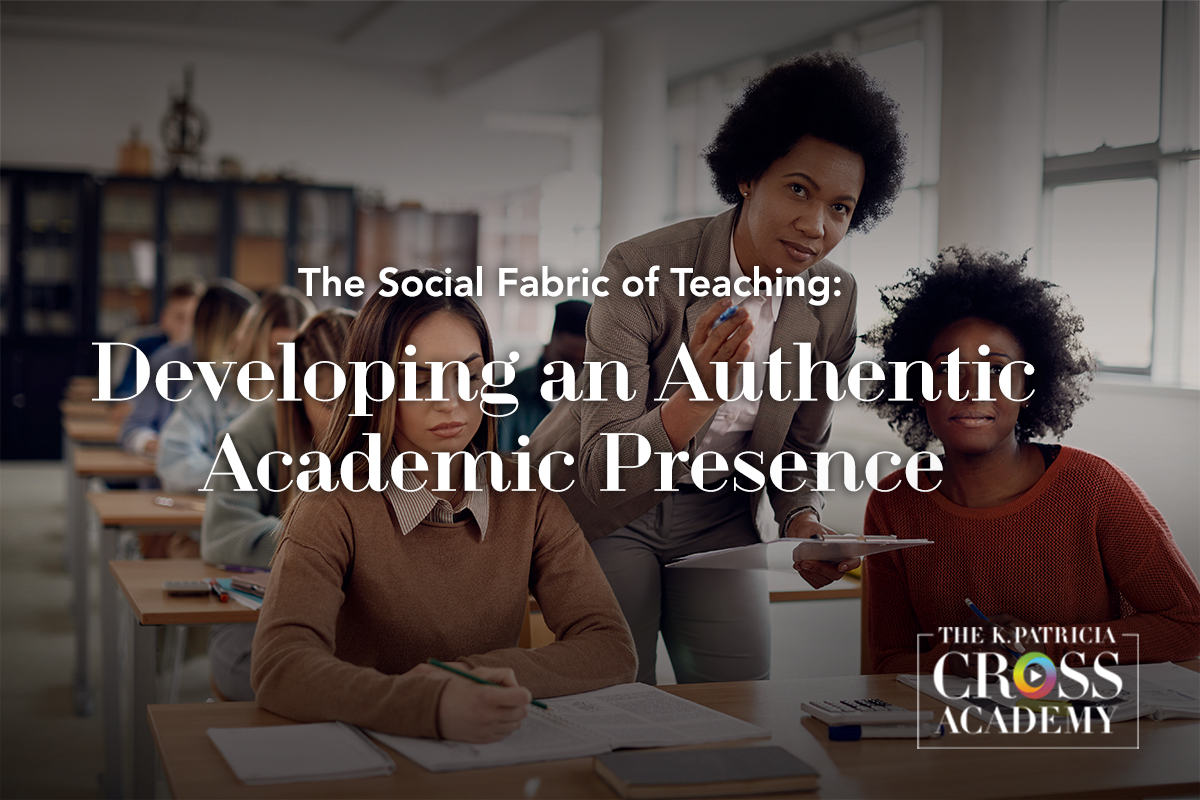
The COVID-19 pandemic has led to many if not most college faculty teaching in virtual classrooms. While many of us are turning to synchronous lectures with video conferencing tools such as Zoom or Blackboard Collaborate, many of us are also choosing to create asynchronous video lectures that students can watch anytime, anywhere.
There are many valid reasons for making this teach-from-home choice; among them are some students may have difficulty accessing synchronous class activities—they may be living in a different time zone, have limited internet access, among other reasons. The benefits of an asynchronous e-classroom setup, beyond time and place flexibility, include the fact that students can scan, search, and re-watch lectures. Moreover, as faculty, you have the luxury of time to think fully through what you are going to say ahead of time and afterward, to edit the videos so that you produce the best e-lecture product possible.
A few effective ways to use asynchronous videos are:
- A welcome video
- An introduction to a topic or module
- A demonstration
- A description of a difficult concept
- A synthesis of material from the learning module or unit
A few choices that you have for creating videos at home on your phone or laptop are as follows:
- Narrated slide presentation. In this video format, slides are the only thing visible in the video. The teacher does a voiceover to accompany the slides. These are useful for presenting complicated material for which visuals will likely enhance students’ understanding. PowerPoint has a built-in feature for recording over slides, but it can be clunky to have to click play between each slide. A better option is to export to YouTube or Vimeo or use a screencast program such as Screencastomatic or Screencastify that you can also share to YouTube or Vimeo.

- Presenter-only lecture. In this kind of lecture, the instructor appears without other visual supports. This approach can make the instructor appear as a mere talking head if overdone. But they can be useful in short segments to add teacher presence to the course and help students feel like you are “there.” These can be done in a fairly low-tech way, such as through a smartphone video, Zoom, or Blackboard Collaborate recording done ahead of time.

- Slide presentation with presenter view. This approach is a combination of presenter and slide presentation, which allows you to capitalize on the benefits of both approaches. Programs such as Panopto and Tegrity provide a professional look, but you can also record in Zoom or other video conferencing programs ahead of time.

To create the most engaging asynchronous video presentations possible, be sure that you attend to the following issues:
- Lighting: Make sure that you have ample lighting and that the light hits your face rather than coming from behind you.

- Storyboards: If you are doing the lecture for the first time, consider creating a storyboard, which is simply a plan of what you will say, show, and describe. A good storyboard can provide you with a roadmap. Feel free to download and use our template.

- Scripts: Develop a script of what you will say to ensure that you address the most important content. You can then use the script as the transcript of the video for accessibility purposes. If you would like to be more impromptu in your approach but need to create a transcript, consider using a program like Zoom that will allow you to record and change the settings to prepare a transcript, which you can then edit.
- Slide Design. See our blog post on creating engaging synchronous lectures for tips on effective slide design for video lectures.

- Copyright: Because your video will be tangible and long lasting, you need to ensure that you have permission to use all images, video, music, or other content that is not your own. You can find many free images and music through sources such as Creative Commons, Unsplash, or Pixabay. Just be sure to give credit where credit is due.
- Shelf-Life: You may well want to use the video you create in the future, and you will be better able to do so if you are attentive to the shelf life of your content. While it may be virtually impossible not to mention the Coronavirus pandemic, consider limiting such references so that you are able to edit the information out later.
- Learning Chunks: It is exceedingly difficult to watch long lectures, particularly on video. Try to break your lectures into no more than 10-minute chunks per video. If you simply cannot do this, consider asking students to stop the video to complete a task every 10 minutes.

- Active Learning: While the video will be asynchronous, you can and should still expect students to learn actively while they are watching. Consider implementing the following techniques in your online class to break up your asynchronous video lecture and keep your students active and engaged:
- Guided Notes | View Technique →
- Quick Write | View Technique →
Suggested Citation
Barkley, E. F., & Major, C. H. (n.d.). Creating engaging asynchronous lectures with your phone or laptop. CrossCurrents. https://kpcrossacademy.ua.edu/creating-engaging-asynchronous-lectures/

Engaged Teaching
A Handbook for College Faculty
Available now, Engaged Teaching: A Handbook for College Faculty provides college faculty with a dynamic model of what it means to be an engaged teacher and offers practical strategies and techniques for putting the model into practice.





